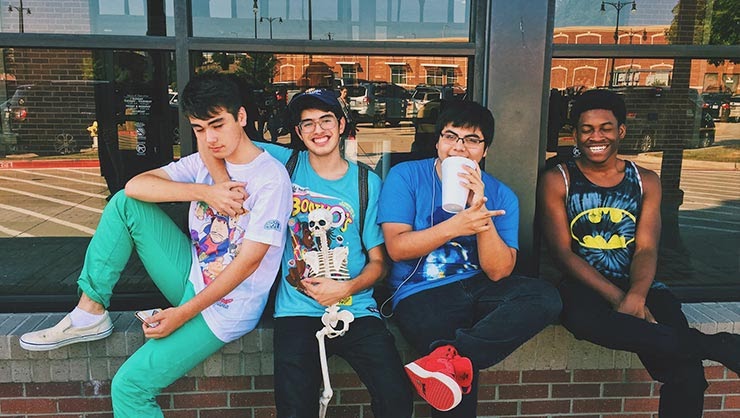The books your child reads may have a profound impact on how they view other cultures. Here are a few titles you can introduce to develop their global empathy.

For Toddlers
Ibram Kendi, an American academic and journalist, has been in the news a lot recently. He writes practically and compellingly on the topic of how to be actively anti-racist.
Anyone with a child in their life knows that it’s difficult to balance entertaining books with educational books. And this is only more difficult when the child is younger. Antiracist Baby seeks to solve this problem “with bold art and thoughtful yet playful text… introducing the youngest readers and the grown-ups in their lives to the concept and power of antiracism.”

Image courtesy of Montclair Film
For Preschoolers
In Yangsook Choi’s award-winning book The Name Jar, Unhei, a young girl from Korea, moves to the United States and is initially embarrassed about her name. This book – whether read to, or by, a child – will allow them to begin considering the difficulties of conflicting cultural identities experienced by many immigrant and first-generation citizens in the U.S.
Starting Grade School
As kids get older, their capacity to retain knowledge grows. Grade school ages, therefore, are the perfect opportunity to help them learn and categorize their knowledge of other countries’ cultures. Children Just Like Me: A Unique Celebration of Children Around the World by Anabel and Barnabas Kindersley presents a hypothetical kid from each nation of the world, discussing what clothes they may wear, their hobbies, what they might eat for dinner, etc. This lets a child start to see their peers around the world as less an “other” than as simply another kid.
Finishing Grade School
Of course, humans are more diverse than their countries of origin, and children about to go into middle school are able to recognize this. Insignificant Events in the Life of a Cactus, by Dusti Bowling, is about a girl born without arms. Although one might fear that the book would be melodramatic, it’s written from a practical perspective as the girl tries to, simply, be a girl. She spends more time thinking about the things she can do, rather than what she can’t do. Dusti doesn’t beg us to feel for her protagonist, but we will anyway. And that’s what empathy is all about.
For Teens
Teens are ready for even more mature subject matter. Cultural explorations become less metaphorical and more literal. Refugee, by Alan Gratz, presents the stories of three child refugees, from Nazi Germany, Cuba, and modern Syria. Book reviewer Kirkus Reviews describes it as “poignant, respectful, and historically accurate while pulsating with emotional turmoil, adventure, and suspense.” But most importantly, it allows young people to build empathy for others who may neither look like them, nor speak their language.

Image courtesy of Pexels
At this moment in global history, empathy is especially crucial. The last several months have seen recent memory’s largest demonstrations in support of racial justice. Au pairs and parents might struggle to articulate these demonstrations to their children. Moreover, even developmental experts are not in agreement regarding proper ages for kids to learn about disturbing topics such as racism. Nevertheless, every parent wants their child to grow up with an open mind and heart. The answer: books. Don’t worry, we have plenty more recommendations – stay tuned!
